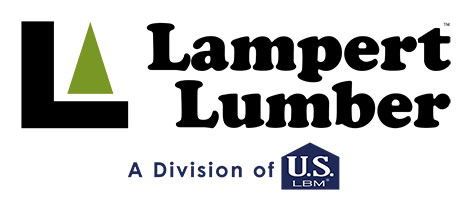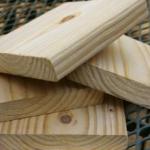What Are the Different Types of Wood Treating?

CCA (Chromated Copper Arsenate) is a chemical wood preservative that contains copper, chromium, and arsenic. CCA treated lumber has been produced since the 1940s and is the product that generations have referred to as green treat. CCA is a heavy duty water borne wood preservative that was used instead of oil based treatments such as Penta (Pentachlorophenol) or Creosote. Since the 1970s the majority of wood used in outdoor residential projects has been CCA. In accordance with an EPA ruling on December 31st 2003, CCA can no longer be used in residential construction, other than a few exceptions. With that ruling a new generation of wood treating began. One of the first products to be introduced was ACQ (alkaline copper quat). Others soon followed, such as: MCQ (micronized copper quat), CA-B (copper azole), ACB (ammoniacal copper borate), ACZA (ammoniacal copper zinc arsenate), MCA (micronized copper azole), and CX-A (copper xyligen). There are several other systems but they are used mainly in Europe. The single common denominator that you see in all these compounds is copper. Copper has always been the most cost effective component in wood treating, but many fungi and insects are resistant to copper. Arsenic was the original additive used to provide additional protection against bugs and rot. Now compounds called quats act as a co-biocide to supply that protection. Most of these widely used quats (BAC, DDAC) contain chloride ions that are very corrosive to steel. Other system components, such as alkaline are used to aid in the penetration of the preservative. These new generation formulae do not contain any EPA listed chemical hazards, scrap and sawdust can be disposed of through your regular trash. If you have questions about which treated lumber product is best suited for your project, consult your lumber professional at Lampert Lumber, or refer to the American Wood Protection Association web site @ http://www.awpa.com/.

